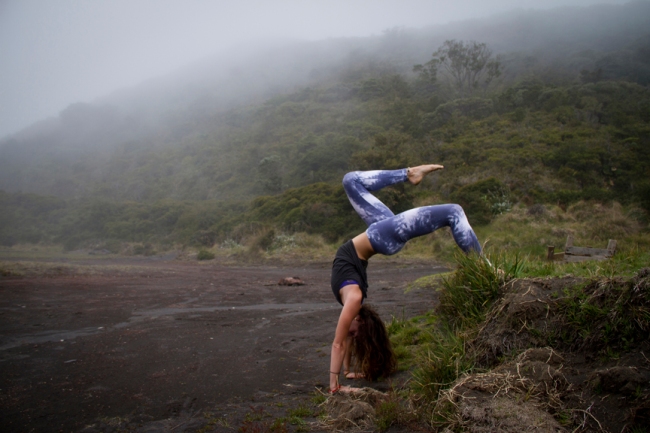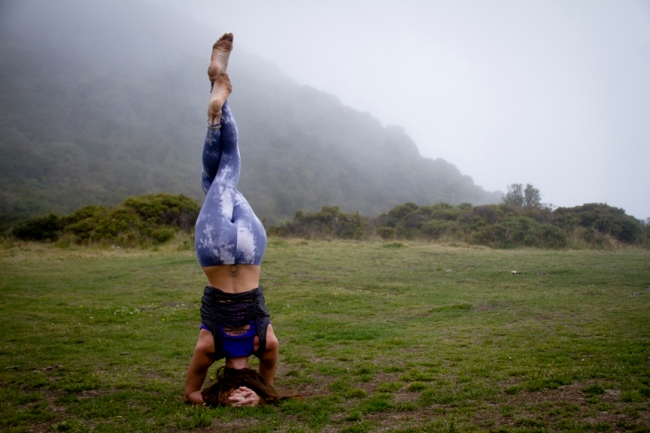The fashion designer Alice Temperley recently remarked about the Duchess of Cambridge that ‘she mixes designer and high street, the perfect modern day woman’. Unfortunately, many women – given this definition of perfection – are inevitably going to fail; ‘designer’ costs money.
But as we wallow in yet another aspect of the murky depths of women’s failure to match up to aspirational standards we might console ourselves ( as poor girls often have to ) with thinking about the implications of the remark. It seems to suggest , with rather more economy than Hilary Mantel’s discussion of the Duchess, that what is apparently so very admirable about her is that she is good at shopping. Mantel was not writing so much about any particular choice of clothes, rather she was writing about a general persona. But in taking this viewpoint she arguably missed something that is hugely important in the twenty first century : the relationship between women and clothes, an ancient relationship but one which has now become one of the fundamental imperatives of being the ‘right’ kind of woman.
The Duchess of Cambridge, with access to the considerable funds of the British royal family does not have to worry about the cost of shopping. But clearly she does think about the complexity of fashion and everything about the way she dresses (from that wedding dress with its references to Tudor royal ladies to the Topshop choices ) is very, very deliberate. This makes her less the woman designed by a committee than a woman who uses her intelligence to negotiate the boundaries between clothes that are explicitly hugely expensive and well beyond ‘ordinary’ pockets and clothes that are hugely expensive in other terms, the terms of exploited human labour. In this, interesting twenty first century boundaries about clothes appear whilst other boundaries disappear : in this mix of ‘designer’ and the ‘high street’ we are being asked to believe that class no longer matters in clothes and, by implication, that taste and especially ‘good’ taste is no longer attached to money. As this fantasy dissolves more traditional expectations about clothes – that money could buy taste – another boundary appears, one in which the apparent democratisation of fashion asks us to abandon the view that rich people have access to nicer ( prettier, made of more luxurious materials ) clothes than most of us. It is both the dissolution and the hardening of the class lines of fashion.
Now it is probably the case that the Duchess of Cambridge ( and others wedded to money ) do not think about their excursions to Next or Topshop in terms of dissolving the link between being fashionable and being rich. But the ways in which current fashion is produced – ever changing, literally ‘fast’ fashion – diminish the authority of dressing in ways which were once described as ‘classic’ or ‘elegant’. These adjectives about clothes have largely disappeared from the fashion press and where the words do appear it is largely in the context of ‘older’ women for whom the only consolation of old age is apparently the possibility of being ‘elegant’. Yet in this we can also see the workings of class : being old can bring difficulties for everyone , those difficulties multiply considerably for the poor. When clothes become difficult to put on, when the cost of heating is prohibitive, when mobility is constrained, the true class politics of fashion emerge.
Thus ageing ( and other forms of physical constraint ) can make the connection between class and clothes explicit. But all of us have to live in a world which assumes that ‘looking good’ is nowadays easy for everyone because of what fashion writers blithely refer to as the ‘high street’. The articulation of this view, is not, however, quite the statement of mere fact that it appears since one of the features of ‘fast’ fashion is that it is date stamped more ruthlessly than food. In this, wearing ‘fast’ fashion is not just about buying ‘ordinary’ clothes it is also about demonstrating that the buyer has enough money to buy disposable clothes, the clothes whose very existence is all about disposability. So when we read that the Duchess of Cambridge has ‘sourced’ her clothes from the high street we might stop and consider what this actually means : rather than a gesture towards democracy in fact a gesture away from it. A gesture which says ‘ Look at me, I’ve brought this bit of cheap stuff because these kind of clothes are just for today’.
In the rigidly class regulated world in which we live ( and in which class and disposable income are very closely linked ) we might stop and think more about the class politics of fashion : we have to dress ourselves and many of us want to do so in ways that , and hopefully especially , appeal to us. But no assumptions, please, that most of us can achieve that state of perfection which involves access to the expensive as well as what the rich call ‘high street’. Being ‘good at shopping’ is not yet cash free.









